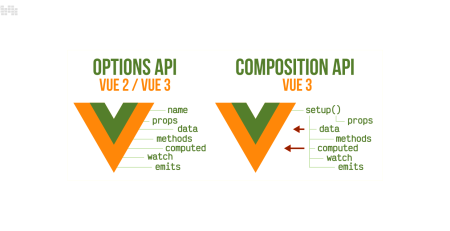C# Keywords Tutorial Part 1: abstract
The use of abstract classes and methods is one of the powerful features supported by the object-oriented programming language C#. In this article, we’ll examine the “abstract” keyword in C# in greater detail and consider how it might be utilized to produce more adaptable and extendable code.
An abstract class is what?
A class that can’t be instantly created is said to be abstract. Instead, it acts as a base class from which additional classes can derive. When defining a set of shared properties and methods for a collection of related classes, abstract classes are frequently employed.
In C#, you use the “abstract” keyword in the class definition to construct an abstract class. Here’s an illustration:
abstract class Animal
{
public string Name { get; set; }
public abstract void MakeSound();
}In this example, we’ve defined an abstract class called “Animal” that has two properties: “Name” and “MakeSound”. The “Name” property is a string that holds the name of the animal, while the “MakeSound” method is abstract.
The “abstract” keyword in the “MakeSound” method indicates that this method is abstract and must be implemented by any class that inherits from the “Animal” class. This allows us to define a common interface for all animals, while still allowing each animal to have its own unique behavior.
What is an abstract method?
An abstract method is a method that is declared but not implemented in an abstract class. Abstract methods are used to define a set of common behaviors that are shared by a group of related classes, while still allowing each class to implement its own behavior.
To create an abstract method in C#, you use the “abstract” keyword in the method definition. Here’s an example:
abstract class Animal
{
public string Name { get; set; }
public abstract void MakeSound();
}
class Dog : Animal
{
public override void MakeSound()
{
Console.WriteLine("Woof!");
}
}In this example, we’ve defined an abstract class called “Animal” that has an abstract method called “MakeSound”. We’ve also defined a class called “Dog” that inherits from the “Animal” class and implements the “MakeSound” method.
The “override” keyword in the “Dog” class indicates that this method is overriding the abstract “MakeSound” method defined in the “Animal” class. This allows us to define a specific behavior for the “Dog” class, while still maintaining the common interface defined by the “Animal” class.
Why use abstract classes and methods?
Abstract classes and methods are useful because they allow you to define a common interface for a group of related classes. This makes it easier to write code that is flexible and extensible, since you can write code that operates on the abstract interface rather than the concrete implementation.
For example, let’s say you were writing a program that needed to work with a group of animals. By defining an abstract “Animal” class and an abstract “MakeSound” method, you could write code that works with any animal, regardless of its specific implementation.
Here’s an example:
public void PlayWithAnimal(Animal animal)
{
Console.WriteLine($"Playing with {animal.Name}...");
animal.MakeSound();
}In this example, we’ve defined a method called “PlayWithAnimal” that takes an “Animal” object as a parameter. By using the abstract “Animal” class and “MakeSound” method, we’ve created a method that can work with any animal, regardless of its specific implementation.











Leave a Reply